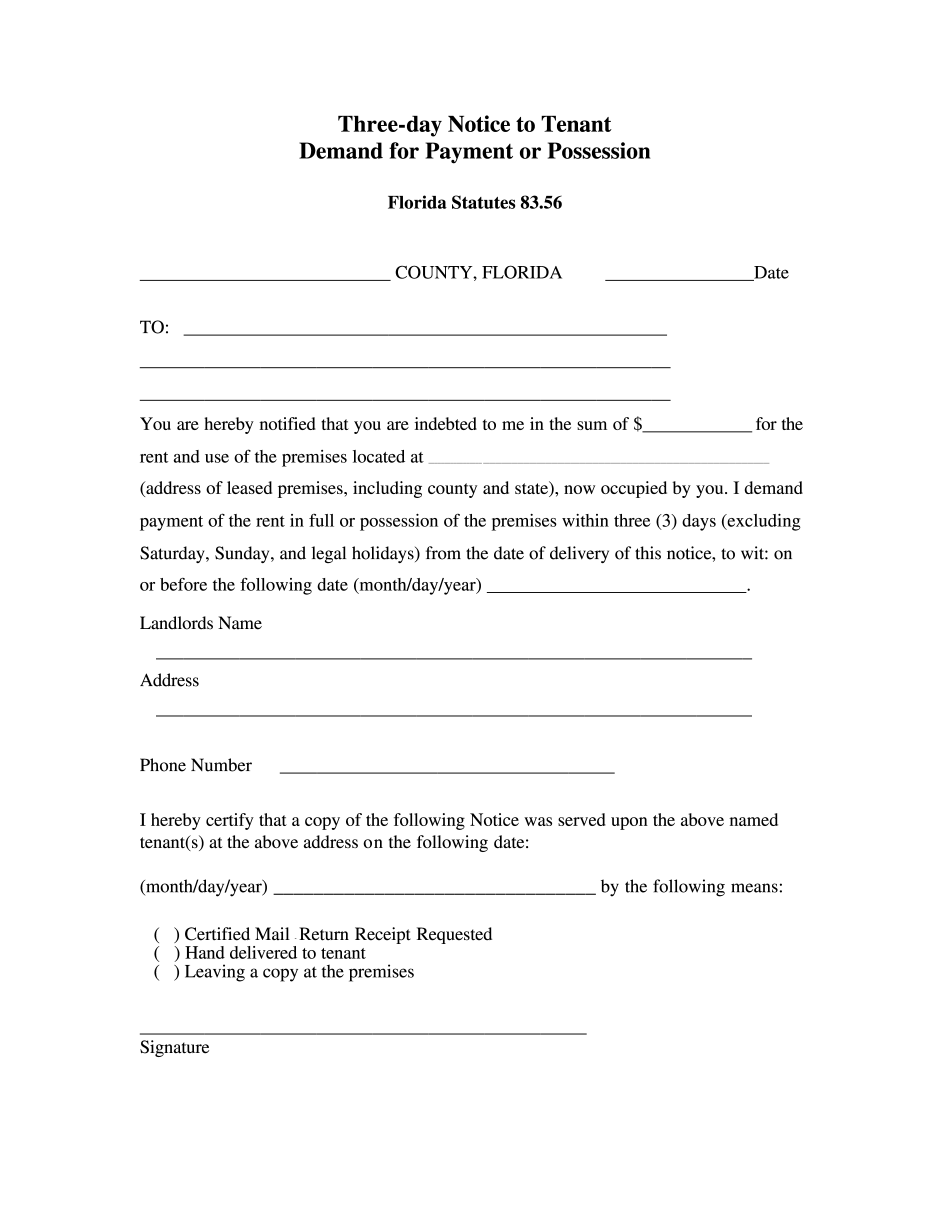Music. In this episode, we will be discussing evictions in the state of Georgia. An unconditional notice to quit and vacate the property immediately may be served if there was non-payment of rent more than once within a 12-month time frame. Additionally, if the tenant is holding over after the end of a lease, an eviction is possible. It is important to note that there is no statute addressing other lease violations. However, a landlord may provide a notice of violations and give a reasonable amount of time to cure before an eviction is finalized. Thank you for tuning in to this episode.
Award-winning PDF software





Lease expiration notice to vacate Form: What You Should Know
A lease termination letter may come in the form of: a lease termination notice, letter stamped with the landlord's signature and postdated, an eviction notice, termination notice, or any other writing that gives a detailed, brief, “statement of reasons for termination”. For example, the notice can be provided by the agent of the tenant, who may have received notice of the proposed termination (e.g. by tenant e-mail, or the landlord's office may have received an early termination notice from the tenant) The lease termination notice must meet all the following requirements, and may be prepared in the following ways: a) it cannot be a notice to enter or request entry of a tenant b).
online solutions help you to manage your record administration along with raise the efficiency of the workflows. Stick to the fast guide to do Form 3-Day Notice Florida, steer clear of blunders along with furnish it in a timely manner:
How to complete any Form 3-Day Notice Florida online: - On the site with all the document, click on Begin immediately along with complete for the editor.
- Use your indications to submit established track record areas.
- Add your own info and speak to data.
- Make sure that you enter correct details and numbers throughout suitable areas.
- Very carefully confirm the content of the form as well as grammar along with punctuational.
- Navigate to Support area when you have questions or perhaps handle our assistance team.
- Place an electronic digital unique in your Form 3-Day Notice Florida by using Sign Device.
- After the form is fully gone, media Completed.
- Deliver the particular prepared document by way of electronic mail or facsimile, art print it out or perhaps reduce the gadget.
PDF editor permits you to help make changes to your Form 3-Day Notice Florida from the internet connected gadget, personalize it based on your requirements, indicator this in electronic format and also disperse differently.
Video instructions and help with filling out and completing Lease expiration notice to vacate

